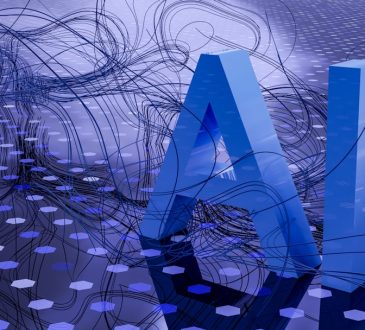
Imagine a massive jigsaw puzzle spread across a table, with every piece needing to fit perfectly for the picture to make sense. Now, imagine solving that puzzle when every move depends on another—choosing one piece changes how others fit. This is what Artificial Intelligence (AI) faces when dealing with Constraint Satisfaction Problems (CSPs). These challenges appear everywhere—from scheduling airline flights and allocating hospital beds to solving Sudoku puzzles.
CSPs may sound like a theory-heavy concept, but they sit at the very heart of real-world problem-solving. Understanding them helps explain how AI makes complex decisions within boundaries, ensuring efficiency and precision even in chaos.
The Puzzle Behind Constraints
At their core, CSPs are like games with rules. Each variable represents a piece of the puzzle, and constraints are the rules dictating how those pieces can fit together. The objective is simple: find a combination that satisfies all constraints simultaneously.
For example, imagine planning a conference with limited rooms, speakers, and time slots. No two sessions can overlap; each speaker needs a slot, and attendees must have breaks. This is a classic CSP—many moving parts, each influencing the other.
In AI, such problems are tackled using algorithms designed to reduce complexity. Techniques like backtracking, constraint propagation, and heuristic search allow systems to find feasible solutions efficiently. These tools transform what seems like chaos into a structured, solvable model.
From Sudoku to Smart Scheduling
CSPs aren’t confined to research labs—they shape everyday life. When your GPS finds the shortest route avoiding traffic, or your phone schedules meetings without overlap, it’s solving a constraint satisfaction problem.
Take scheduling in manufacturing plants, for instance. Machines must operate in a sequence that minimises downtime, materials must be available at the right time, and human workers’ shifts must comply with labour laws. CSP algorithms ensure all these factors align, saving costs and increasing productivity.
For learners exploring this field through an AI course in Chennai, studying CSPs is like unlocking the secret engine that powers decision-making in modern automation and resource optimisation. It teaches how mathematical logic blends with real-world application—a crucial skill in today’s data-driven economy.
Algorithms That Think Like Humans
What makes CSPs fascinating is their resemblance to human reasoning. We constantly make decisions within constraints—budget limits, time deadlines, or availability of options. AI mirrors this thought process mathematically.
Methods like the AC-3 algorithm simplify problems by eliminating impossible options early, similar to how you’d rule out unsuitable dates when planning an event. Backtracking search works like trial and error, undoing choices when a dead end is reached.
AI models trained to solve CSPs don’t just crunch numbers—they “reason” through possibilities, simulating human intuition on a much larger scale. This blend of logic and adaptability forms the foundation of intelligent automation systems.
Real-World Applications Beyond Theory
CSPs power several domains beyond scheduling. In robotics, they help machines plan movement paths without collisions. In logistics, they optimise delivery routes under cost and time constraints. Even in agriculture, CSPs allocate resources like water and fertilisers to maximise yield.
Healthcare systems also leverage constraint-based algorithms for patient scheduling, resource allocation, and drug discovery. By balancing countless dependencies, CSPs ensure operations remain smooth and efficient.
Professionals aiming to specialise in AI-driven optimisation can gain practical insights from an AI course in Chennai, where real-world case studies illustrate how these algorithms transform theory into action.
The Road Ahead: Smarter Constraints
As AI evolves, CSPs are merging with other technologies like machine learning and reinforcement learning. Future systems won’t just solve problems—they’ll learn from previous solutions, improving efficiency over time.
Hybrid models that combine predictive analytics with constraint logic are already being used in financial forecasting and energy grid management. The result? AI systems that don’t merely react but anticipate and adapt.
This continuous evolution marks the next frontier—where algorithms become collaborators in decision-making rather than mere problem solvers.
Conclusion
Constraint Satisfaction Problems might sound abstract, but their influence is concrete and far-reaching. From arranging university timetables to managing satellite communications, CSPs quietly orchestrate harmony within complexity.
Understanding these systems is essential for mastering one of the most practical and impactful aspects of AI. As businesses and technologies increasingly depend on intelligent automation, individuals with the right skills—such as those acquired from relevant training—will take the lead in creating smarter, constraint-aware systems.
In essence, mastering CSPs is like becoming a puzzle master for the digital age—bringing order to the world’s most complex problems, one constraint at a time.



